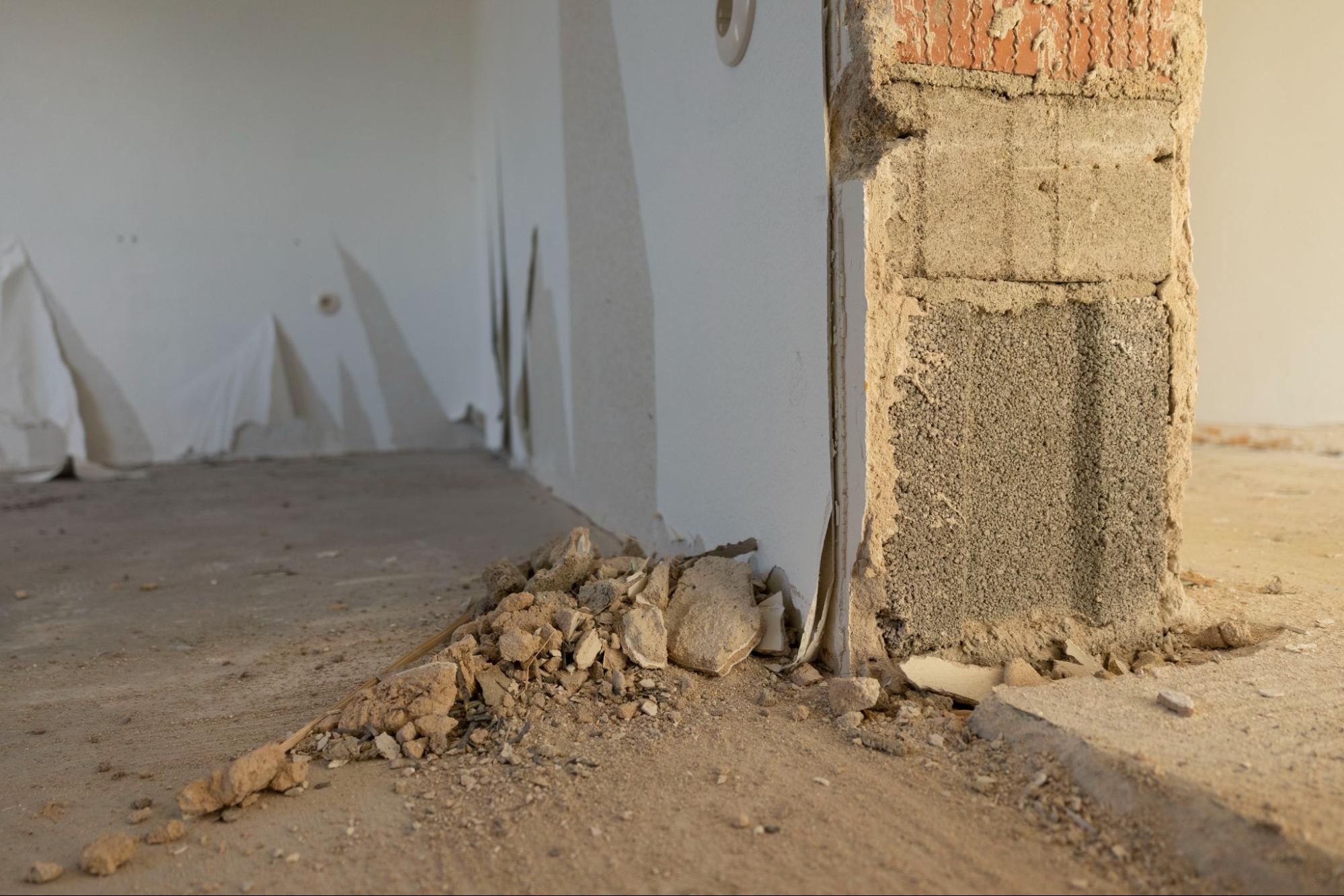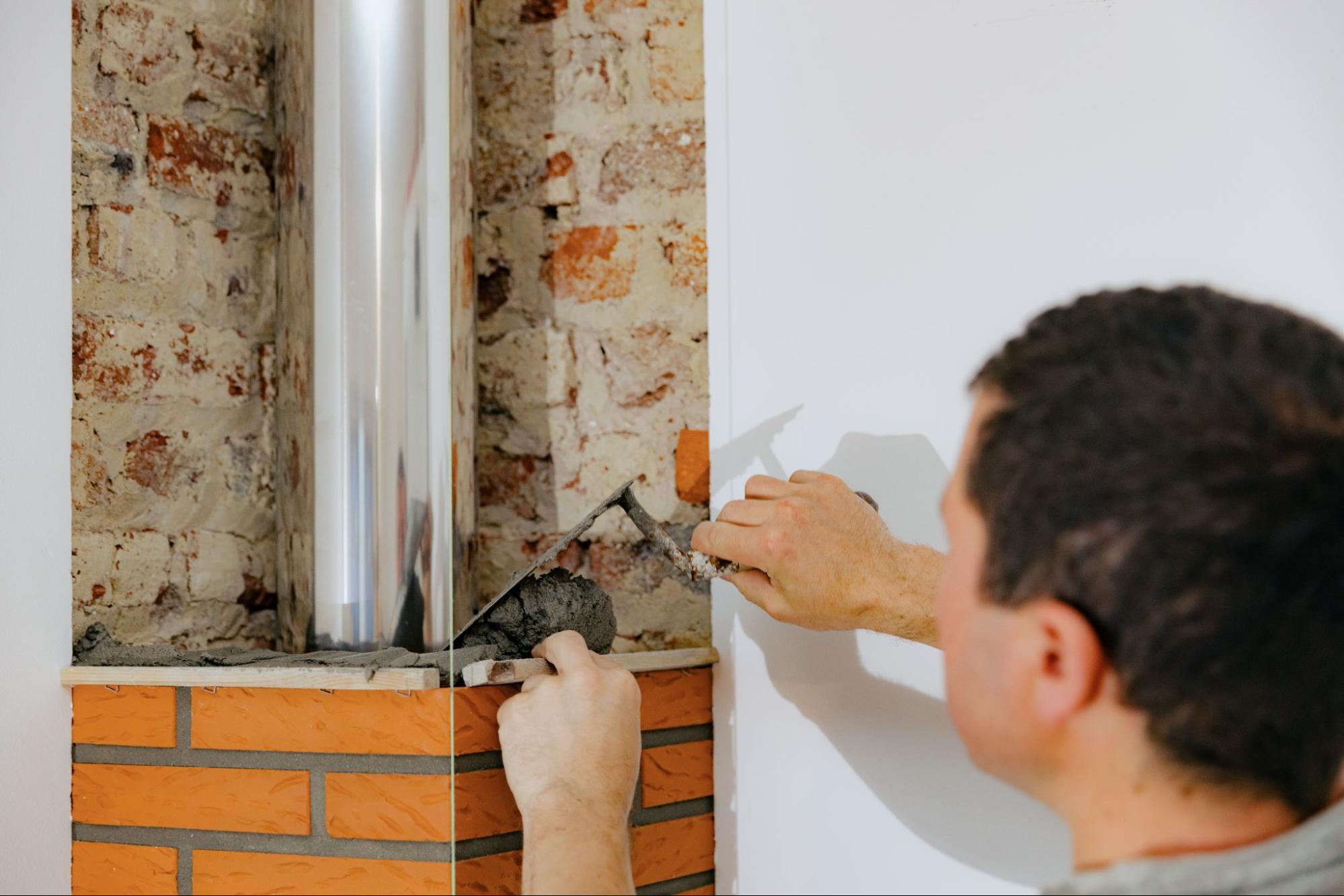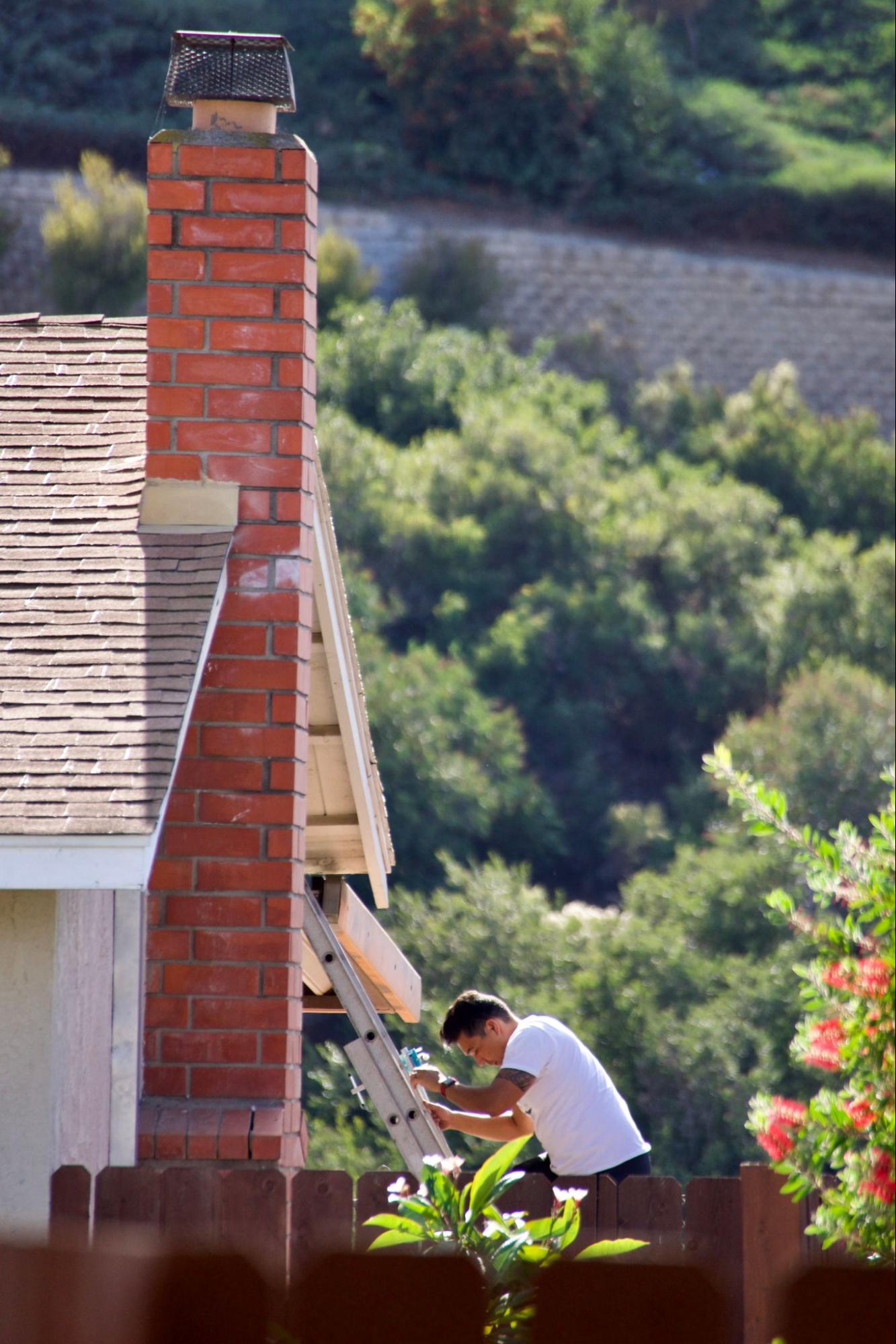
Onyx Home Improvement LLC
August 13, 2025
A chimney can be easy to ignore until something goes wrong. Cracks, leaks, and odd odors start small but often point to deeper damage. What begins as a minor issue can quickly escalate into a significant repair bill. Homeowners are usually shocked by how expensive chimney repairs can be. The truth is that most people are unaware of what they’re being charged for.
The cost of chimney repair isn’t one-size-fits-all. Many different factors influence what you’ll pay in the end. The size of the issue, the type of chimney, and the material all play a role. To make wise decisions, you need to understand where the money goes.
One of the most significant price drivers is the actual problem itself. Small cracks or worn mortar cost much less than structural damage. If your chimney is leaning or spalling, expect considerable costs. Chimneys with internal flue damage also require a piece of specialized equipment. Older homes often conceal deeper issues beneath the surface, which can add time and labor to the renovation process.
The material of your chimney plays a significant role in determining your costs. Brick and stone chimneys need more labor and care. Metal and factory-built chimneys are often easier to repair. Matching existing material for aesthetics also adds complexity if your chimney has decorative features or is made of a rare stone, which further raises the cost.
Labor is a substantial part of every chimney repair quote. Unlike general home repairs, chimney work poses significant safety risks and requires specialized skills. Technicians must be trained and often certified for code compliance. Inspections, too, come with different levels and tools depending on the problem.
Not every handyman can fix a chimney safely. Professionals often hold certifications from groups like the Chimney Safety Institute of America. These workers know how to identify hidden issues and comply with local fire codes. Their rates may be higher, but the risk of future damage is lower. Hiring someone unqualified often leads to repeat repairs or, worse, fire hazards.
Most repairs begin with a professional inspection. Basic visual checks are affordable, but deeper problems require more thorough assessments. Level Two inspections include camera scopes that reveal interior flue damage. Level Three inspections involve partial demolition and are needed after severe incidents. While these inspections add cost, they prevent larger, hidden problems later on.
Some repair costs stem from what’s being fixed, not just how it’s being fixed. Chimneys have multiple parts that wear down over time. Fixing them requires precision, specialized tools, and, often, working at heights that are dangerous. These structural elements are typically the source of significant repair bills:
Mortar joints between bricks are constantly exposed to the weather. When mortar weakens, the bricks shift, allowing moisture to enter. Repointing involves removing the old mortar and applying a new mix. Scaffolding may be necessary, depending on chimney height and access. The work is slow, detailed, and charged by square footage or linear feet.
The chimney cap prevents rain, snow, and critters from getting in. If it’s missing or rusted, repairs are urgent. Cracked crowns allow water to soak into the brickwork, which can freeze and expand. Flashing seals the chimney to the roof, and if it fails, leaks begin inside your home. Each of these parts has a different replacement cost, depending on the material and size.

Some repair costs aren’t about the chimney at all. Your location, time of year, and city codes play a huge role. These outside factors can significantly increase your quote, even if the damage is minor. It’s essential to consider these details when budgeting:
Prices vary a lot between regions. Urban areas often cost more due to higher labor rates. Some cities require extra permits or inspections during chimney work. These must be paid before any work begins. Licensed professionals must also adhere to strict local codes, which may limit cheaper shortcuts.
Cold weather damages chimneys more than most homeowners realize. When bricks freeze and thaw repeatedly, cracks form quickly. Emergency repairs, especially during winter, are expensive and more challenging to schedule. Contractors may charge a premium to fit you in fast. Planning repairs in spring or early fall can save you money and stress.
Not all chimney repair costs are evident from the start. Some are buried in the process or show up only after work begins. These hidden charges often surprise people when they see the final bill. Knowing what they are helps you prepare better.
Tall chimneys often need complete scaffolding, especially for crown or flue work. Scaffolding rental adds hundreds to the bill, depending on height. Removing old brick or mortar generates a significant amount of debris. This waste needs to be hauled away professionally; it should not be left behind. Cleanup services make sure your yard and roof aren’t damaged in the process.
After structural repairs, sealing is often required. Waterproof sealants protect brick and mortar from moisture. Skipping this step shortens the lifespan of the repair. Many contractors offer this as a separate service, not included in the initial quote. Regular maintenance plans also come with fees but reduce future repair costs.
Many homeowners are caught off guard by the high cost of repairs. While every chimney is different, knowing ballpark figures helps with planning. Understanding what each price range covers also prevents overpaying. You can set realistic expectations with this breakdown.
Smaller fixes, such as crack sealing or minor tuckpointing, typically cost between $200 and $500. If you need crown rebuilding or flue liner replacement, expect to pay between $1,000 and $3,000. Full chimney rebuilds start around $4,000 and can exceed $10,000. Most common repairs fall in the $300 to $1,500 range. The scope of work, height, and urgency all affect the final cost.
Always get multiple quotes from licensed chimney contractors. Ask for a written inspection report before committing to repairs. Check the breakdown of labor, materials, and hidden fees. Beware of vague or flat-rate estimates with no explanation. A good contractor answers every question clearly and won’t rush your decision.

Many homeowners don’t realize how chimney repairs rank in cost compared to other home fixes. On their own, chimney issues can feel expensive, especially when unexpected. However, compared to other structural or utility repairs, chimney work typically falls in the middle range. Knowing where chimney repairs fall on the scale helps you make better choices with your budget.
Roofing and chimney repairs are often linked to water damage. While chimney repairs may cost $500 to $3,000, a new roof can run $7,000 or more. Reflashing around the chimney costs far less than replacing a large section of shingles. However, if flashing is ignored, it can often damage both the chimney and the roof. Fixing issues early keeps chimney repairs isolated and affordable.
HVAC and plumbing emergencies can get very expensive very fast. A furnace replacement typically costs between $4,000 and $6,000. Major plumbing issues, such as slab leaks or sewer line damage, can exceed $10,000. Chimney repairs, by contrast, rarely reach those numbers unless it’s a complete rebuild. Most standard fixes are less than a new AC unit or primary pipe replacement.
Chimney contractors often hear the same questions from homeowners. Most people don’t budget for chimney work, so the cost usually comes as a surprise. However, contractors repeatedly encounter the same preventable issues. If more homeowners were aware of these things early, they’d avoid high repair bills. The following are the key points that chimney experts want every homeowner to know:
Most chimney problems start small, such as hairline cracks, loose flashing, or missing caps. These issues are often inexpensive and easy to resolve at first. But months of rain, wind, and freeze-thaw cycles make them worse. By the time damage is visible indoors, repair costs have tripled. Contractors often wish they had been called sooner when solutions were easier and cheaper.
Many homeowners pick the lowest bidder to save money. However, unlicensed or inexperienced workers often skip safety steps or cut corners. Poor repairs lead to repeat problems, structural risks, or even fire hazards. Contractors with proper training and insurance charge more for a reason. Paying for quality once is better than paying for failure twice.
Your local weather has a direct impact on the wear and tear of your chimney. Cold, heat, rain, and humidity all affect the rate at which materials break down. The type and cost of repair often depend on how your chimney responds to your environment. Understanding the climate’s role helps explain cost differences across regions.
In cold climates, moisture in bricks freezes and expands. This freeze-thaw cycle cracks mortar and weakens joints. Over time, entire bricks can loosen or fall. Homes in northern states often need more frequent tuckpointing or crown repair. These regions also require special sealants and additional labor to work safely during the cold months.
In humid regions, moisture seeps deep into masonry. Without proper waterproofing, mold and mildew spread fast. Brickwork stays damp longer, which shortens its lifespan. Repairing mold-damaged flues or masonry costs more due to removal and sanitization. Waterproofing is essential in these climates to keep long-term costs lower.
The cost of fixing a chimney doesn’t wait for your schedule. It climbs quietly and steadily, with every storm, freeze, and ignored warning sign. What you think you’re saving now turns into stress, water damage, or a chimney that fails when you need it most. There’s no dramatic moment when a chimney begs for attention; it just keeps eroding until the damage speaks louder than the budget. Take the step now, not because it’s urgent, but because it’s smart, and smarter always costs less.Ready to get ahead of your next project? Check out the Onyx Home Improvements blog for real answers and reliable guidance.
Tags:
Latest News
Recent News & Articles